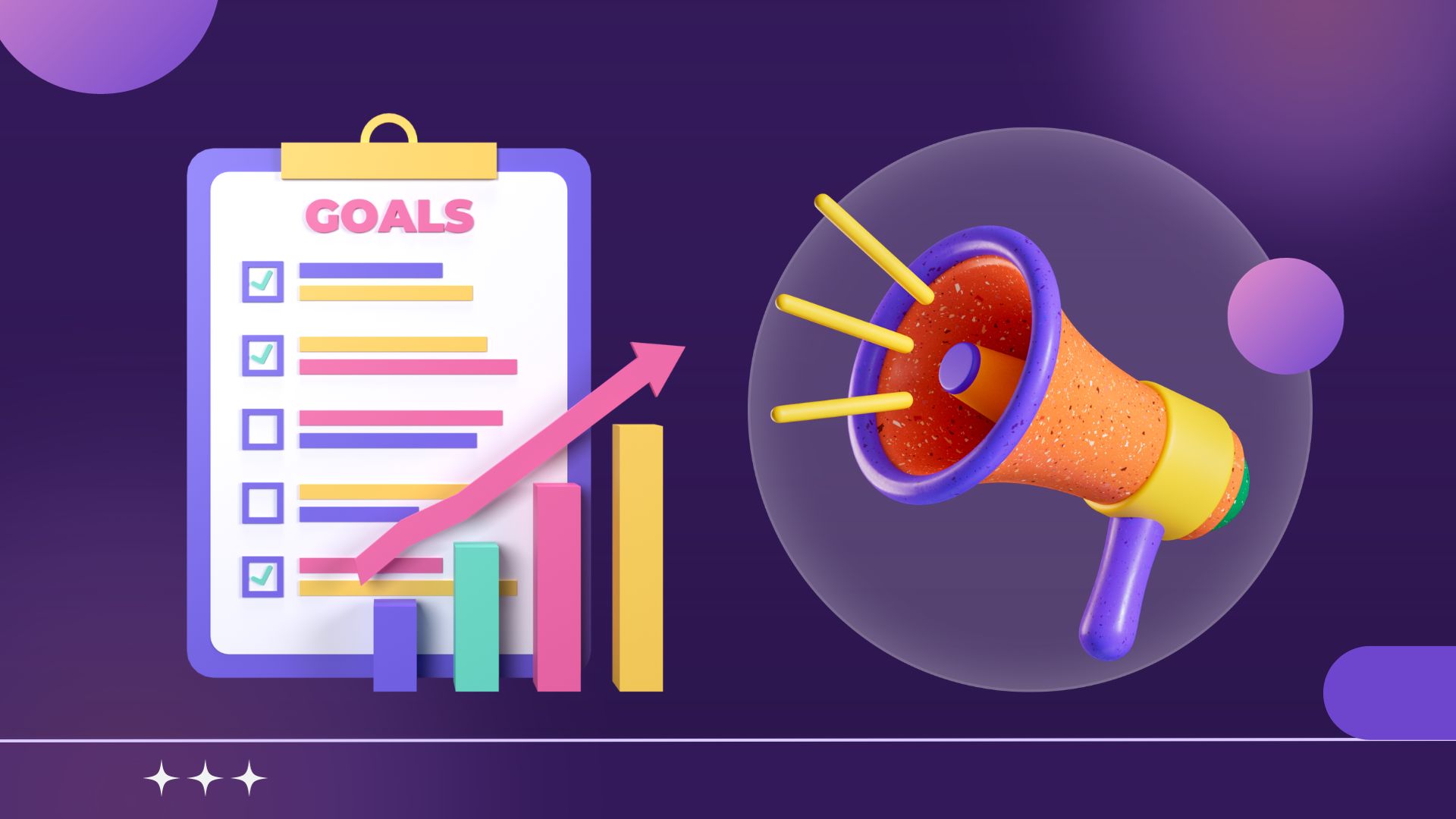The State Of eCRM, Part I

For my first two columns, I thought I'd hit some of the key trends in the eCRM field — trends that may well
figure prominently in our industry, and our lives — as the year unfolds.
With so many new developments in eCRM, it's sometimes tough to tell the difference between false starts
and lost causes. By my reckoning, I see about five major trends that directly influence how eCRM is being
designed and deployed in corporate America. I'll cover the first two here, and two weeks from now, I'll follow
up with the remaining three.
Time will tell how accurate these predictions turn out to be (I expect e-mails proving me wrong will commence
by summer). But here goes:
- 1. We'll learn to better use the Internet as a CRM tool
This is a pretty safe bet, because we still have a lot to learn. Among the great lessons learned from the dot
com recession are that, unless you're selling adult content, the Internet is not a great sales channel, not a great
advertising medium, nor even great a direct marketing tool. It is however, a potentially powerful and
cost-effective customer intelligence-gathering and relationship-building channel, which few companies
have fully exploited.
With a better understanding of the new medium's strengths and weaknesses (e.g., the web is better at
selling known products like books, than selling products that require trial or personal examination, like
blue jeans), businesses will design on-line customer-facing strategies that are more consistent with
on-line human behavior.
The key benefit of the web as a commercial medium is that people are willing to do some things over the
Internet, buy books and CD's; enter their own orders or access information, that they were less willing to do
with other technologies (writing a letter, using the phone or a fax machine). It is this willingness of
consumers to cost-effectively “self-serve” that enables on-line companies to achieve economic benefits
(akin to what ATM's achieved for consumer banks over the past two decades).
The on-line experience as it relates to consumer behavior has limitations. Most consumers still prefer to
take out a mortgage at a local branch. While some banking sites are great at attracting on-line visitors,
they are notoriously bad at facilitating transactions. As we learned last year, most businesses don't want
to risk procuring goods from anonymous suppliers on B2B exchanges. They prefer to do business with
people they know and trust.
Drawing upon these valuable lessons, businesses will begin to use the Internet channel more effectively, as
part of their total customer-facing strategy. They will also learn to use it more discretely.
The majority of commercial sites today talk to and sell to customers, instead of listening to and serving
them. Instead of focusing on click-through rates and transactions, I believe (and hope) businesses will begin
to appreciate on-line customer interactions as opportunities to extend a relationship (not necessarily close
a sale).
- 2. We'll get smarter about how to use client data
In the 1990's, the push was to get in front of the customer and “own the relationship.” Most companies
realized, as witnessed by the huge investment in sales force automation and customer relationship
management suites over the past decade, he who owns the relationship owns just about everything. We're
not just talking about the lion's share profits along the supplier/producer/wholesaler/retailer “value chain.
“More importantly, we're talking about the value of knowledge about customer needs and buying habits.
Why has customer data become so important? Because in the new global economy of white-hot
competition and frenetic change the only real sustainable competitive advan




